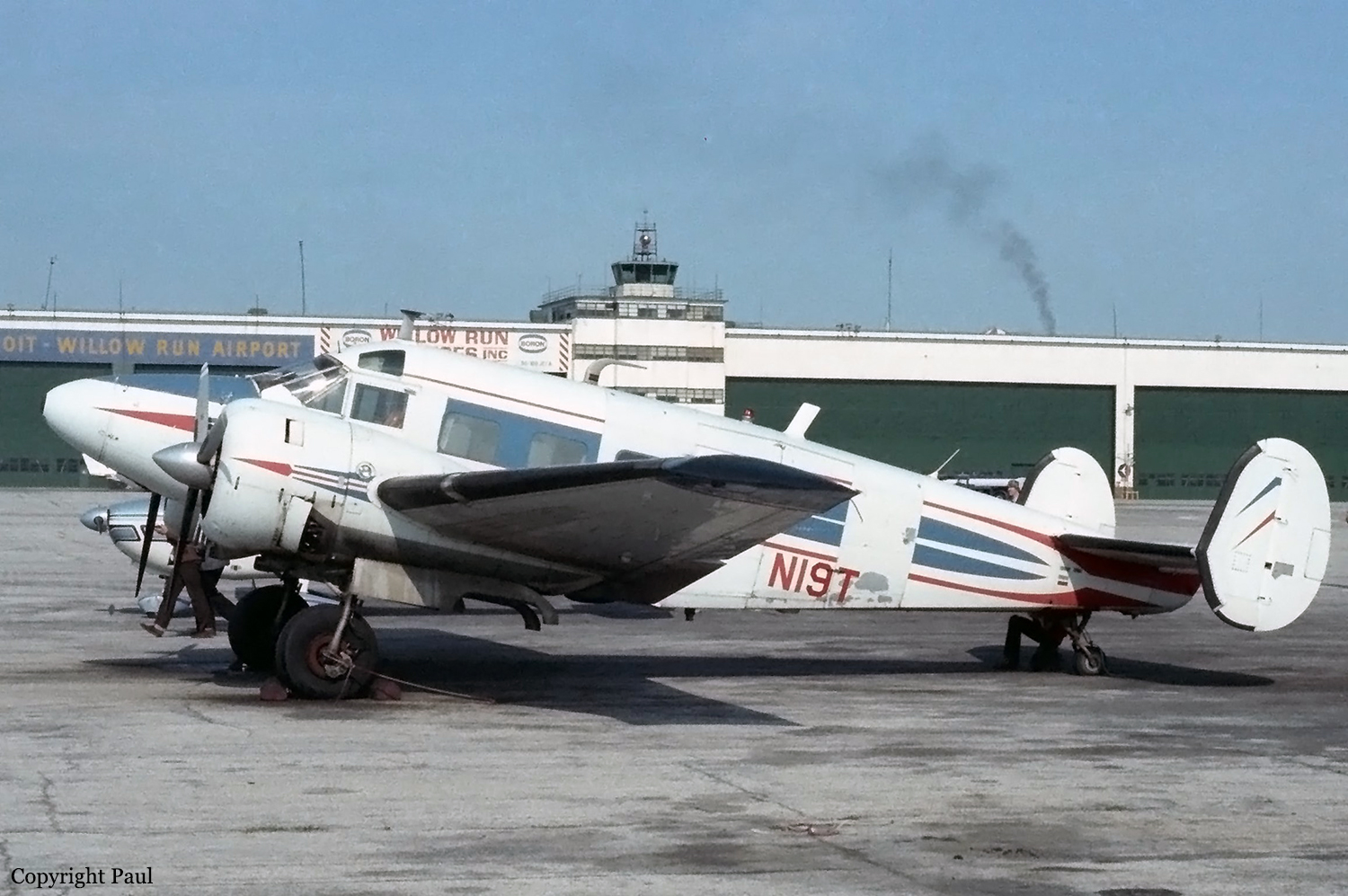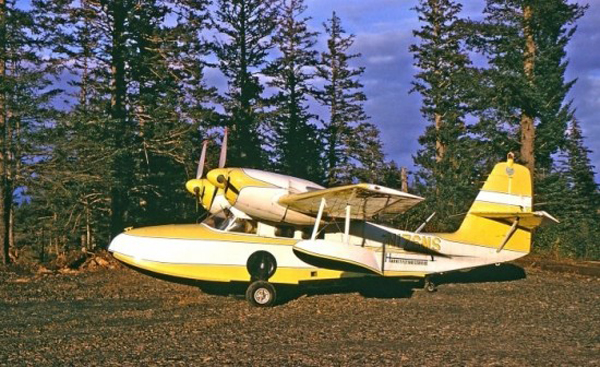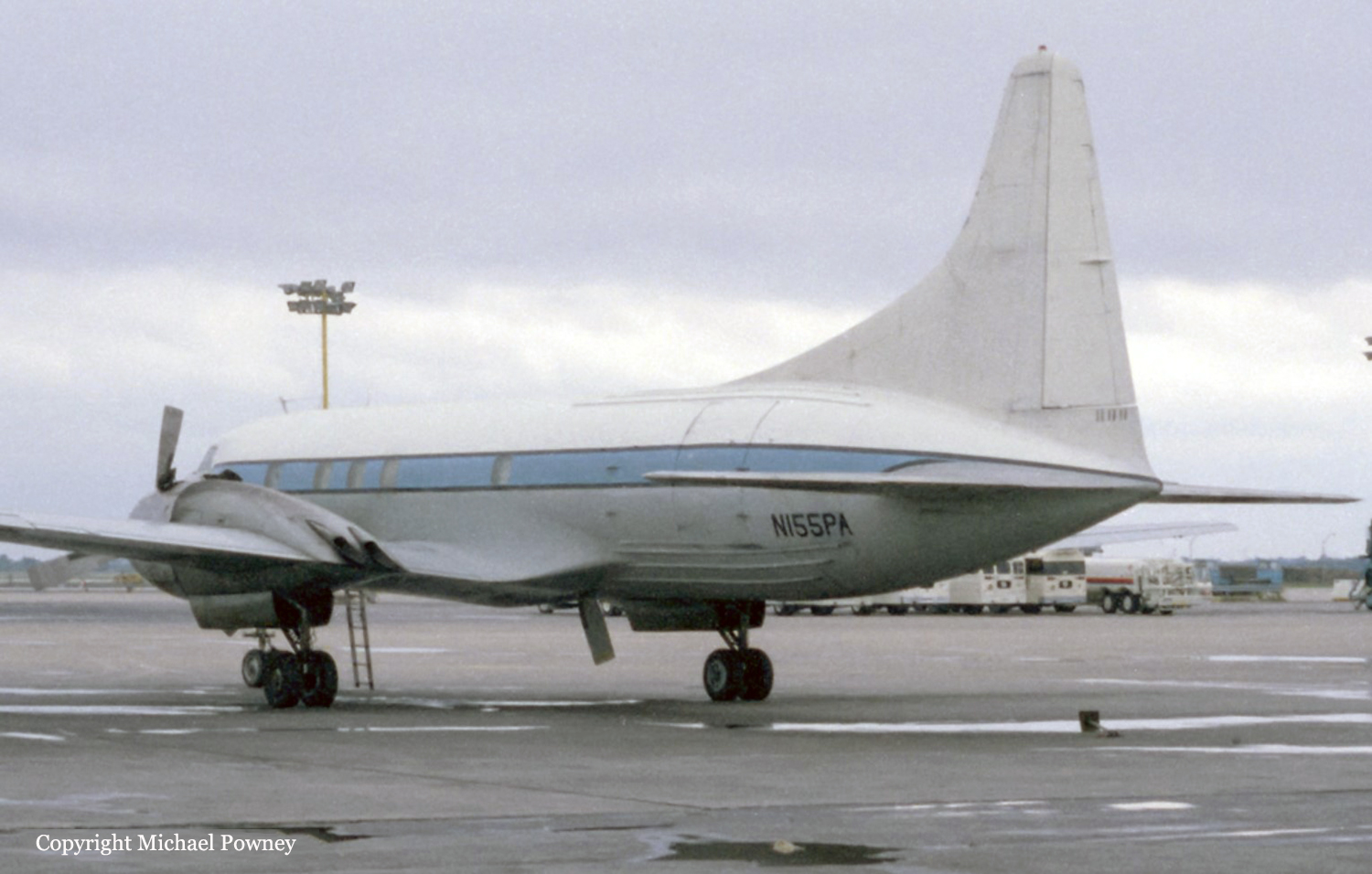Crash of a Piper PA-42-720 Cheyenne III in Charlotte: 2 killed
Date & Time:
Jun 28, 1985 at 0148 LT
Registration:
N542TW
Survivors:
No
Schedule:
Teterboro - Charlotte
MSN:
42-8001052
YOM:
1980
Crew on board:
1
Crew fatalities:
Pax on board:
1
Pax fatalities:
Other fatalities:
Total fatalities:
2
Captain / Total hours on type:
1000.00
Aircraft flight hours:
1516
Circumstances:
The aircraft collided with a tree and a pole short of the runway during a night VFR approach to land. The pilot changed from runway 18 to 36 during the approach. He was seen low and fast on downwind which ended in a steep descending turn to ground contact. The tower had overied the pilot during the initial approach because of his speed and high altitude. The pilot replied that he would be down and requested a change of runway. The wind was reported as from 150° at 7 knots. Both occupants were killed.
Probable cause:
Occurrence #1: in flight collision with object
Phase of operation: approach - vfr pattern - base leg/base to final
Findings
1. (f) light condition - dark night
2. (c) in-flight planning/decision - poor - pilot in command
3. (c) overconfidence in personal ability - pilot in command
4. (f) object - utility pole
5. (c) vfr procedures - poor - pilot in command
6. (c) ostentatious display - pilot in command
7. (c) planned approach - poor - pilot in command
8. (c) overconfidence in personal ability - pilot in command
9. (c) judgment - poor - pilot in command
10. (c) ostentatious display - pilot in command
11. (c) proper altitude - not maintained - pilot in command
12. (c) overconfidence in personal ability - pilot in command
13. (c) proper descent rate - exceeded - pilot in command
14. (c) ostentatious display - pilot in command
15. (c) maneuver - improper - pilot in command
Phase of operation: approach - vfr pattern - base leg/base to final
Findings
1. (f) light condition - dark night
2. (c) in-flight planning/decision - poor - pilot in command
3. (c) overconfidence in personal ability - pilot in command
4. (f) object - utility pole
5. (c) vfr procedures - poor - pilot in command
6. (c) ostentatious display - pilot in command
7. (c) planned approach - poor - pilot in command
8. (c) overconfidence in personal ability - pilot in command
9. (c) judgment - poor - pilot in command
10. (c) ostentatious display - pilot in command
11. (c) proper altitude - not maintained - pilot in command
12. (c) overconfidence in personal ability - pilot in command
13. (c) proper descent rate - exceeded - pilot in command
14. (c) ostentatious display - pilot in command
15. (c) maneuver - improper - pilot in command
Final Report:








